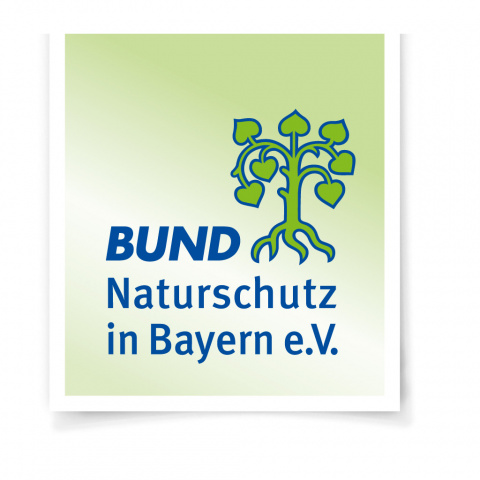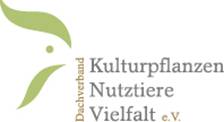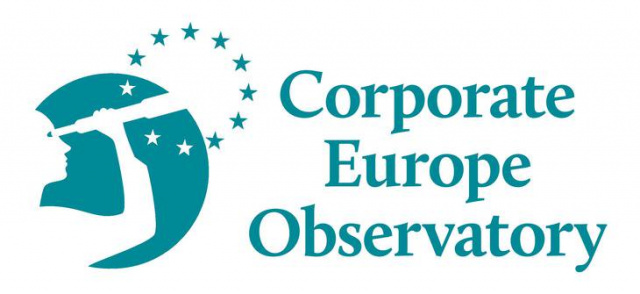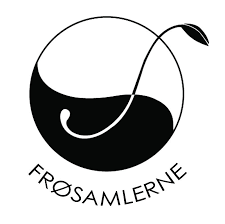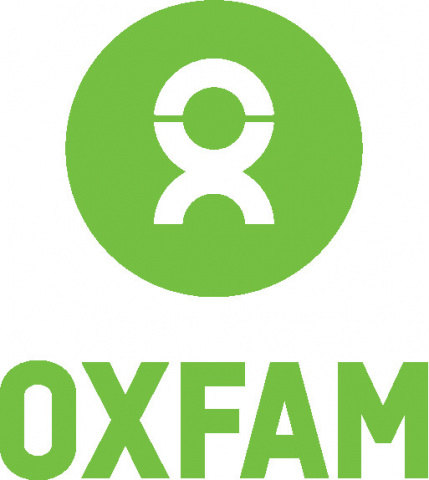Article 53b of the European Patent Convention (EPC) excludes patents on plant and animal varieties as well as on conventional breeding. However, the European Patent Office has already granted several patents on the conventional breeding of animals. In particular, in 2007/2008 several patents were granted on the breeding of pigs and cattle. The wording of the claims was directed to breeding processes, but patent law allows the scope of such patents to be extended to the animals derived thereof. Due to the fact that several civil society organisations took action and filed oppositions most of these patents have now been revoked.
In 2010, the EPO decided that patents on processes used in the conventional breeding of plants and animals could no longer be granted (G1/07 and G2/08). After the decision was made, it meant that many of the animal breeding patents granted up until that time could no longer be granted in the same form in future. However, in 2015 the EPO also decided that plants and animals derived from these breeding processes could still be patented (G2/12 and G2/13).
Since then, several patents on plants derived from conventional breeding have been granted and even some on animals: In 2015, a patent on oysters was granted, and in 2016 the EPO announced that it intended to grant a patent on salmon.
The granting of such patents completely undermines the prohibitions in European patent law. Other legal tricks to escape the prohibitions include filing patents on breeding material such as sperm cells and oocytes or to claim the selection of animals before breeding. These patents can be used to extensively control animal breeding.
Patents on animals can have a huge impact on agriculture: For example, if patents on cattle are granted, the farmers can still sell the milk and meat but cannot use the animals for further breeding without the consent of the patent holder. Agriculture and food production are then much more heavily dependent on the patent holders. And if big companies see an opportunity they can easily acquire small and medium animal breeders in the same way as they did in the field of plant breeding.
If the EPO is to be prevented from granting even more such patents, European politicians have to take action and make sure that existing prohibitions are reinforced. No Patents on Seeds! has made some detailed proposals on how this goal can be achieved. In the following, is a short overview of some patents on animal breeding granted by the EPO in the
last few years.
Patent EP1257168 was granted in 2005. It claimed sperm cells frequently used for the artificial insemination for cattle and pigs. The “invention” was to sort the sperm cells according to whether they would produce male or female offspring. By filing such patents, the prohibitions in patent law can easily be avoided: The necessary breeding material can simply be claimed as intellectual property. The patent was revoked after opposition by Greenpeace and members of the Green Group in the European Parliament. But there are other patents in this area that are still valid.
In 2008, the EPO granted a patent on the breeding of pigs (EP 1651777). The patent was based on the usage of genetic conditions that are inherited as native traits in all European pig races. Originally, the patent was filed by the US company Monsanto. The patent, for example, described the screening of pigs to identify animals which had lean meat. Pigs derived from the process and their offspring were also within the scope of the patent. A broad coalition of farmers, environmental organisations and individuals filed an opposition against the patent and it was revoked in 2010.
Patent EP 1330552, granted in 2007, was the first European patent on dairy cows. The patent described a genetic condition influencing milk quality. The patent claimed this genetic condition and the process for selecting the cows inheriting it naturally. Further, the patent claimed genetically engineered cows. Oppositions were filed by German dairy farmer organisations together with development organisations and others. The patent was revoked in 2015.
EP1141418 was granted in 2007 and concerned mechanisms of inheritance described as quantitative trait locus (QTL), which means that animal characteristics very often are based on the
interaction of several DNA sequences. The patent was based on an effect generally known as imprinting: In QTLs some characteristics are expressed in a different ways depending on whether
the genetic conditions stem from the female or the male parent. The patent was revoked in 2010 after oppositions from civil society groups.
Patent EP 1506316 was granted in 2008. The patent described how to cross livestock to produce offspring of economic interest. The selection of the animals was based on genetic conditions that were already known. The patent was a business idea rather than an invention. The patent was revoked after oppositions from civil society groups in 2012.
In 2015, a patent was granted on oysters (EP2184975). According to the patent, oysters from the Atlantic, the Pacific or the Indian Ocean were to be crossed with oysters from the Mediterranean Sea to make them resistant against pest infections. The actual process used here is to jointly place the oysters in a “tank containing water”. The claims cover the hatchery and the oysters. The patent is highly relevant in a legal context since it was granted after the decisions made by the EPO to exclude breeding processes from patentability but to allow patents on the animals derived thereof (G2/12 and G2/13).
In 2016, it was made public that the EPO wanted to grant a patent on salmon that are fed with specific plants (EP1965658). The EPO has informed the Australian applicant that the patent is ready to be granted within the next few months. The patent claims the salmon and the fish oil. Food derived from these salmon is supposed to have a higher content of Omega 3 fatty acids, which are often described as being healthy. The idea behind the patent is not new: For example, it is known that cows grazing on grasslands have a higher concentration of these fatty acids in their milk.

